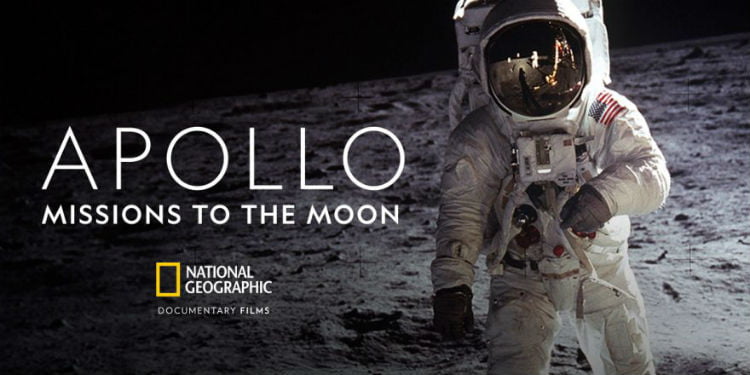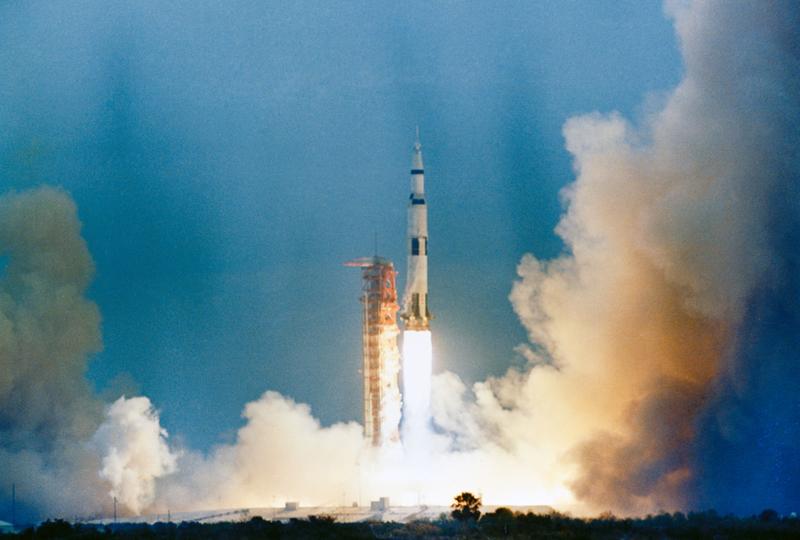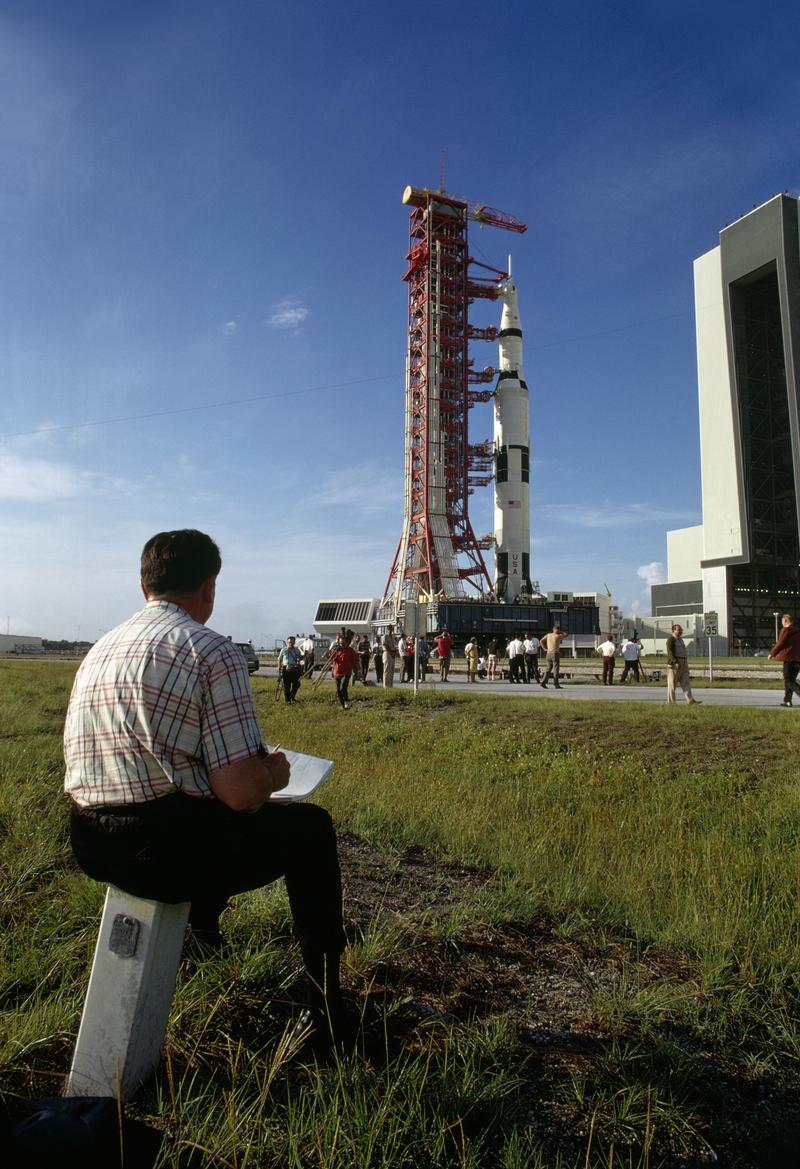
It’s hard to imagine that it was way back in 1969 that man first stepped foot on the moon and that our last mission to our lunar companion was in 1972. Since then the moon has just sat in the sky, untouched. Imagine how much technology has changed and improved in the intervening 47 years, and yet the most recent footprints on the lunar regolith are from NASA astronauts Eugene Cernan and Harrison Schmitt.
The impetus for America to spend billions to reach the moon goes back quite a bit further than the fabled 1969 Apollo 11 mission, and even pre-dates the entire Apollo project. The spark that lit this fire was the Russian launch of the tiny Sputnik satellite in October, 1957. They’d beat American into space, suddenly the “Reds” controlled the heavens and the Cold War-fueled fear that they might also reach the moon first and claim it as a new territory ran rampant. An American must be the first man to step foot on the moon. The nation was adamant, and so began what became known as the space race.

Apollo wasn’t the beginning of this adventure, however. The American path to the moon began with the Gemini and Mercury projects; you had to be able to escape the Earth’s atmosphere and successfully orbit the Earth before you could even dream of heading to the moon.
In the informative new documentary Apollo: Missions to the Moon, however, National Geographic spends rather little time on the context of the Apollo missions or its genesis in American history, preferring to focus more narrowly on each of the missions.
But the Apollo project didn’t fly straight to the lunar surface: an unexpected spark during an Apollo 1 practice run with the astronauts suited up and in the capsule resulted in a massive O2 fueled fire that killed them before they could even open up the hatch. The January 1967 Apollo 1 tragedy marks a tragic and emotional beginning to the documentary and is gently handled by the filmmakers.
What they don’t explore with more than about 30-seconds worth of coverage, however, is what happened between Apollo 1 and Apollo 7. Few realize it, but in the intervening two years, there were three important launches, Apollo 4, 5 and 6, all unmanned. What happened to missions #2 and #3? That’s a good question that isn’t addressed at all.
Apollo 7 (launched October 1968) really begins the manned race to space for NASA and America. Through the use of fascinating archival footage, Apollo: Missions to the Moon offer insight into the astronauts, their families, and, to a lesser extent, mission control and the thousands of men and women who made each flight possible.

It’s worth mentioning that the entire film consists of brilliantly interwoven archival footage of each mission and public reaction, through broadcast news, street interviews, and NASA footage from both here on Earth and during each of the missions as it happened. Some of the footage is pretty low-resolution, fuzzy and even sporadically incomprehensible (the early TV broadcast footage from the Apollo capsules is a long, long way from our 4K UHD expectations!) but it’s all quite compelling.
Where Apollo: Missions to the Moon really shines is with the detailed explanation of Apollo 8 (first men to ever orbit the moon!), Apollo 11 (of course, the pivotal mission where astronauts Armstrong and Aldrin finally stepped foot on the lunar surface) and the ill-fated Apollo 13 mission (also the subject of a fantastic movie of the same name). A surprise to me was how pivotal BBC historian James Burke was to coverage of the entire project and particularly Apollo 13’s crisis.
Apollo 10, and all the Apollo missions subsequent to Apollo 11 (the last mission was Apollo 17, launched December 7, 1972) get relatively short shrift in the documentary, to the point where they barely differentiate between the latter missions.
But what’s really missing in the film is context. The filmmakers touch on the widespread disillusionment with the space program after Apollo 11 allowed Americans to step foot on the moon and plant the American flag “in peace, for all mankind”. But you can’t really understand the Apollo program without understanding what else was happening in the world simultaneously. There’s not a single mention of the Vietnam War, for example, something that was of massive importance to the younger generation of Americans during the 1960s and early 1970s.
Ultimately Apollo: Missions to the Moon delivers an engaging and informative extended history lesson on the key Apollo missions: Apollo 1, Apollo 8, Apollo 11 and Apollo 13, but that’s it. If you want to understand the impetus for us risking so many brave men’s lives to get to the moon first and why interest in the space program then petered out of the American consciousness so quickly, you’ll have to look elsewhere.
![]()
